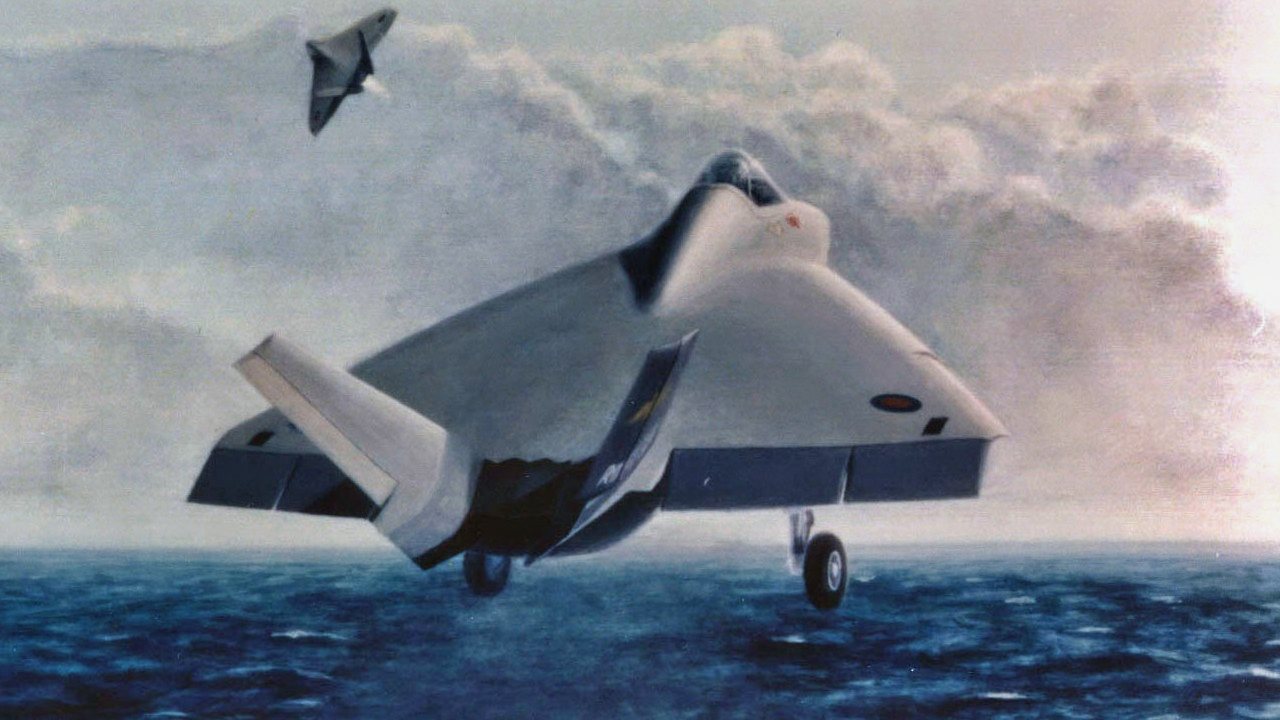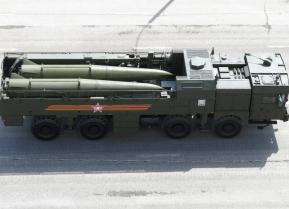F-35 vs. X-32: The Air Force Fighter Jet Decision That Shaped Modern Airpower
The Pentagon's pivotal decision between Lockheed Martin's F-35 and Boeing's X-32 during the 1990s for a multi-role fighter jet to serve the Air Force, Navy, and Marine Corps, plus U.S. allies, made history.
Summary: The Pentagon's pivotal decision between Lockheed Martin's F-35 and Boeing's X-32 during the 1990s for a multi-role fighter jet to serve the Air Force, Navy, and Marine Corps, plus U.S. allies, made history. Highlighting the X-32's unique design and the extensive competition with the F-35, this article examines the potential impacts and the "what-ifs" had the X-32 been selected. Despite the F-35's subsequent challenges, including cost overruns and technical issues, the piece contemplates whether the X-32 would have encountered similar difficulties, suggesting the complexity of advanced fighter projects might have led to comparable hurdles.
X-32 vs. F-35
The Department of Defense (DoD) didn’t have to opt for the F-35. In the 1990s, both Boeing and Lockheed Martin bid for the next big fighter contract, a plane that would serve in each of the Air Force, Navy, and Marine Corps, as well as grace the air forces of many US allies. Boeing served up the X-32; Lockheed the X-35.
The Pentagon chose the F-35. Given the struggles of the last decade with the Joint Strike Fighter, it’s impossible not to wonder about what might have been; what if DoD had gone with Boeing’s X-32 instead, or with some combination of the two aircraft?
History:
At the end of the Cold War, the Pentagon proposed a joint fighter project in the hopes of reducing the overall logistical tail of fielded forces, as well as in minimizing development costs. Each of the three fighter-flying services needed replacements for the 4th generation aircraft in their inventory; the F-15 and F-16 in the case of the Air Force, and the F/A-18 and AV-8B Harrier in the case of the Navy and the Marine Corps. The new fighter, thus, needed conventional, carrier, and STOVL (short take off vertical landing) configurations.
DoD had not, historically, had good luck with joint programs, but the hope was that increased “jointness” between the services, combined with more advanced production techniques and more carefully refined logistics procedures, would make a shared fighter worth the effort. All parties understood that the winner of the competition would likely enjoy a great deal of export success, as many air forces around the world required a fifth-generation fighter. In short, this was the biggest deal on the horizon of the post-Cold War defense industry. Boeing and Lockheed Martin won contracts to develop two demonstrators each.
Capabilities:
Built to the same specifications, the X-32 and the F-35 had relatively similar performance parameters. Deciding to compete on cost, Boeing designed the X-32 around a single-piece delta wing that would fit all three variants. The X-32 lacked the shaft-driven turbofan lift of the F-35, instead using the same thrust vectoring system as the AV-8 Harrier. The X-32’s system was less advanced than the F-35’s, but also less complex.
The X-32 was designed to reach Mach 1.6 in conventional flight. It could carry either six AMRAAMs or two missiles and two bombs in its internal weapons bay. Range and stealth characteristics were generally similar to those expected of the F-35, and the body of the aircraft could accommodate much of the advanced electronic equipment that the F-35 now carries.
Decision:
One thing is for certain; the X-32 was a ridiculously ugly aircraft. It looked like nothing so much as the spawn of an A-7 Corsair and a hideously deformed manatee. The F-35 is no prize from an aesthetic point of view, lacking the sleek, dangerous lines of the F-22, but the X-32 made the F-35 look positively sexy by comparison. How much should this matter? Not a bit. How much did it matter? Good question. Fighter pilots don’t like to fly aircraft that look like they could be run over by Florida speed boat.

On more concrete grounds, Boeing’s strategy probably hurt its chances. Instead of building one demonstrator capable of fulfilling the requirements of all three services, Boeing built two; one capable of conventional supersonic flight, and the other of vertical take-off and landing. Lockheed’s prototype could do both. The Pentagon also liked the innovative (if risky) nature of the F-35’s turbolift. Finally, Lockheed’s experience with the F-22 suggested that it could probably handle another large stealth fighter project.
Conclusion:
Chosen in 2001, the F-35 went on to become the largest Pentagon procurement project of all time, and one of the most beset by trouble. The X-32 escaped all of the most significant challenges to the F-35. The X-32 never faced decades of testing and redesign; it never saw massive cost overruns; it was never subjected to an endless series of articles about how it couldn’t out-dogfight an F-16A. Nostalgia for what might have been is common in aircraft competitions, and it’s impossible to say whether the X-32 would have run into the same difficulties of the F-35. Given the complex nature of advanced fighter projects, the answer is almost certainly “yes.”

But in hindsight, it almost certainly would have made more sense to go with a VSTOL alternative fighter for the Marine Corps. This would have eliminated the most complex aspect of the “joint” project; the need to create an aircraft that shared critical components across three wildly different variants. This also would have helped spread the wealth across different major defense contractors, a practice that has increasingly become a Pentagon priority. Of course, given that the STOVL aspects of the F-35 and X-32 were baked in at the proposal stage, this would have required turning the clock back all the way to 1993, not just to 2001.
About the Author: Dr. Robert Farley
Robert Farley, a frequent contributor to TNI, is author of The Battleship Book. He serves as a Senior Lecturer at the Patterson School of Diplomacy and International Commerce at the University of Kentucky. His work includes military doctrine, national security, and maritime affairs. He blogs at Lawyers, Guns and Money and Information Dissemination and The Diplomat.


